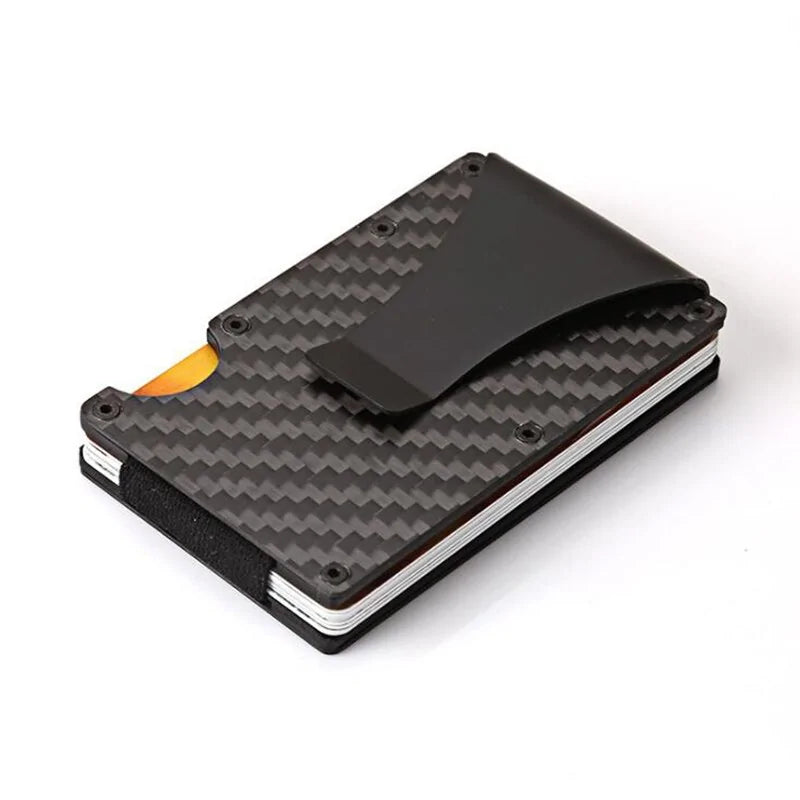
# Carbon Fiber Barrel: Lightweight and Durable Firearm Enhancement
## Introduction to Carbon Fiber Barrels
The world of firearms has seen significant advancements in materials technology, with carbon fiber barrels emerging as a game-changer for shooting enthusiasts and professionals alike. These innovative barrels combine the strength of traditional steel with the lightweight properties of advanced composites, offering shooters a superior alternative to conventional barrel options.
## The Advantages of Carbon Fiber Barrels
### Exceptional Weight Reduction
One of the most notable benefits of carbon fiber barrels is their significantly reduced weight compared to traditional steel barrels. A typical carbon fiber barrel can weigh up to 50% less than its steel counterpart, making firearms much easier to handle and carry, especially during extended shooting sessions or hunting trips.
### Improved Heat Dissipation
Carbon fiber barrels excel in heat management, dispersing thermal energy more efficiently than solid steel. This characteristic helps maintain accuracy during rapid fire sequences by reducing the effects of barrel heat on shot placement.
### Enhanced Durability
Despite their lightweight nature, carbon fiber barrels demonstrate remarkable durability. The composite construction resists corrosion and environmental damage better than steel, ensuring longevity even in harsh conditions.
## How Carbon Fiber Barrels Are Constructed
The manufacturing process of carbon fiber barrels involves wrapping high-tensile carbon fiber around a precision-machined steel or titanium liner. This combination creates a barrel that maintains the accuracy and strength of metal while benefiting from the composite’s properties. The carbon fiber layers are typically bonded with high-temperature epoxy resins and cured under controlled conditions to ensure optimal performance.
## Performance Characteristics
### Accuracy and Consistency
Carbon fiber barrels maintain excellent accuracy due to their stiff construction, which minimizes harmonic vibrations during firing. Many competitive shooters report improved shot-to-shot consistency compared to traditional barrels.
### Reduced Barrel Whip
The composite structure dampens vibrations more effectively than steel, resulting in less barrel whip and potentially faster follow-up shots. This characteristic makes carbon fiber barrels particularly appealing for precision shooting disciplines.
## Applications Across Firearm Types
Carbon fiber barrels have found applications in various firearm categories:
– Precision rifles for competitive shooting
– Hunting rifles where weight savings are crucial
– Tactical firearms for military and law enforcement
– Custom builds where performance and aesthetics matter
## Maintenance Considerations
While carbon fiber barrels require less maintenance than steel barrels in terms of corrosion prevention, they still need proper care:
Keyword: carbon fiber barrel
– Regular cleaning to maintain accuracy
– Avoiding impacts that could damage the composite layers
– Periodic inspection of the barrel crown and muzzle area
– Following manufacturer-specific maintenance guidelines
## The Future of Carbon Fiber Barrel Technology
As materials science advances, we can expect to see further improvements in carbon fiber barrel technology:
– New resin formulations for enhanced heat resistance
– Advanced weaving techniques for improved strength-to-weight ratios
– Integration with other high-tech materials
– More affordable production methods making them accessible to wider markets
## Conclusion
Carbon fiber barrels represent a significant leap forward in firearm technology, offering shooters an exceptional combination of lightweight construction, durability, and performance. Whether for competitive shooting, hunting, or tactical applications, these barrels provide tangible benefits that can enhance the shooting experience. As the technology continues to evolve, we can anticipate even more impressive developments in this exciting field of firearm enhancement.